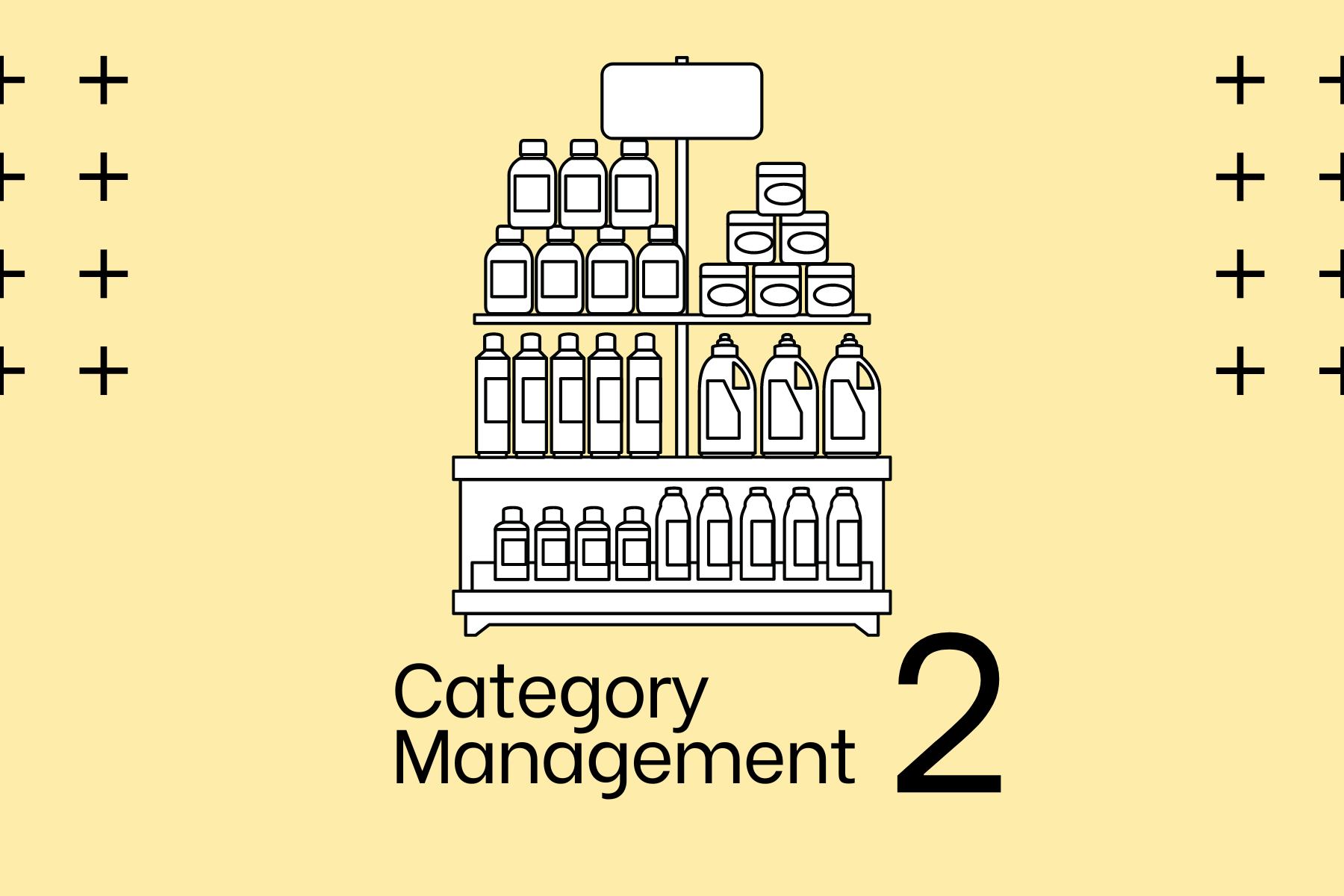As originated from retail business, Category Management (Catman) was such a keyword in the first few years of my professional career, I worked as a Category Manager for a bit in a grocery retailer in Beijing, prior to that, I spent 2 years in the Private Brand (PB) Marketing Department and that’s where I acquired the essential Catman skills.
During those days in PB Launch, we had our consulting company Daymon stationed in the office, through those daily exchanges, Jane and her team from Daymon brought in extensive knowledge on category management and strategy sourcing, we have also became best friends. Still remember those moments when she campaigned the importance of Catman to our business during lunch break, and even on our way home. Always loved it to work with people with passion and determination. If a thing is worth doing, it is surely worth doing well.
Catman work was less prioritised in my later job in the manufacturer side, as we diverted more attention to growing brand awareness and NPD due to lack of manpower, and the fact that the category definition of the company didn’t really match that of the retailers’, being in a niche market with an emerging category (world/oriental food). But it was always both me and our MD’s dream to set up solid category management capability in the team. I have left the post, but believe it will be realised one day, with the maturity of the category and our team.
In a few blogs, I’m summarising my understanding of Category Management in today’s world. The main purpose is actually very self-oriented – for me to refresh the memories, and hopefully through some further learning to sharpen the saw in the particular field.
This article is dedicated to Jane, and her dog Andy whom we all loved so much and will be always missed.
1. What is Category and Category Management (Catman)
A UK grocery retailer could carry up to 25,000 SKU. Latest Assosia Aug 2022 data shows Tesco with 22,558, Sainsbury’s 25,171, ASDA 20,135, Morrisons 19,652, Waitrose 15,653, and online grocer Ocado with 34,103 (according to Ocado, they have more tan 50,000 products).
Range reduction (except Sainsbury’s) has become such a familiar words for supplier in the recent years. Thanks to covid and cost of living crisis, the axing is continuing. The good availability of Lidl and Aldi during supply shortage also proved the cons of small assortment (according to the 2 discounters, they carry only 1,500 to 2,000 SKU per store).
How can retailer manage such big breadth of products smartly, how can supplier work jointly with retailer to maximise the effectiveness of space, and protect themselves from delisting, or even introduce innovation during range cut? This is where Catman plays its role.
Category is a group of related products. How they should be related and grouped is determined by shoppers’ needs and habits.
According to Category Management Association,
Category Management is trading partners collaborating to decide the point of optimisation in, pricing, promotion, shelving, and assortment to maximise profitability and shopper satisfaction.
To me, it is a science combining both analytics and shopper psychology to manage a group of products in a systematic way, and the the 2 keywords is probably the reason why I enjoy category management work.
As derived from the definition, objectives of Catman are
-Profit making. Profit = Revenue (People * Frequency * Basket Size) – Cost
– Customer satisfaction (price, quality, choice, convenience, and surprise)
And ultimately create a triple win for retailer, supplier, shopper
There are three ways to grow categories:
1) broaden the audience (penetration)
2) serve more occasions (frequency)
3) earn a premium (price per occasion)
Category Management is used in variety of ways, mainly 2 areas:
1) Category Management for retailers, life and death importance, outstanding category management means:
– right assortment (not too much to largely increase operational cost, nor too little to lose shoppers)
– pleasant shopping journey
– a powerful showcase of retailer’s strategy, philosophy and concept
– differentiation with competitors
2) Category Management for suppliers is to
– influence the 1st moment of truth (actual purchase)
– better collaborate with retailers to generate revenue and shopper loyalty
– improve retailer understanding
– look at their products from shoppers’ pov.
– drive category growth resulting in brand’s market share growth
Catman is a common language for retailers and supplier, and the focus is “shopper” which is the foundation for all the retailer/supplier collaboration. Category captain or key supplier in the category would provide analytics and insights for retailers to make better decision on their category plan and tactics. However, the reliance on insights from the manufacturer community has decreased.
2. Category First Rationale for Supplier
In the communication with retailer, it is crucial for supplier to adopt the category first rationale, i.e. the products’ success will be benefiting the overall health and growth of the category.
As suggested by The Grocer, also follows ways to grow a category mentioned above, the product needs to demonstrate at least one of the following four things to retailer:
1) The product can bring new shoppers to a category (penetration). In other words, it appeals to people not currently buying the category. For example this whisky product will attract young generations.
2) The product takes the category into new consumption occasions frequency). Take cheese. It has products designed for snacking, sandwiches, cooking and foodie indulgence. The more occasions a category fits, the bigger the category is.
3) The product can drive average price paid to the category (premiumisation). For example Fever-Tree tonic water creating an aspirational product for consumers, and Little Moon artisan ice cream with its creative presentation and texture. You cannot simply create a premium product, it needs to be able to unlock consumers’ pain point or delight, or offer a better product delivery that consumers are willing to pay.
4) The innovation meets developing needs and trends (differentiator). Food fads and trends are moving faster than ever. Pace of response is essential. The category that can quickly offer the right ingredients (for example, turmeric) and harness the right needs and trends (veganism, clean eating) will grow faster than the category that is still thinking about it.
According to IGD survey with buyers, the best in class suppliers should equipped with below (in the order of importance):
1) In depth understanding of the total category and the future trends
2) Objective viewpoints and recommendations
3) Work together to develop joint category plan
4) Launch innovation that contributes to category growth
5) Long term vision beyond the current trading needs
Next blog will be on Category Management – 2 The Process.
Latest Blogs
Covid has changed the entire humanity. Amid all the negatives from hos...
我新认识了一个好朋友。 到了这个年纪,认识一个新的好朋友很不容易。 因为是爸爸朋友的孩子,又是高中校友,我们知道彼此超过20年,但也只是3年...
Following “Category Management – 1 The Basics”, is t...
As originated from retail business, Category Management (Catman) was s...




